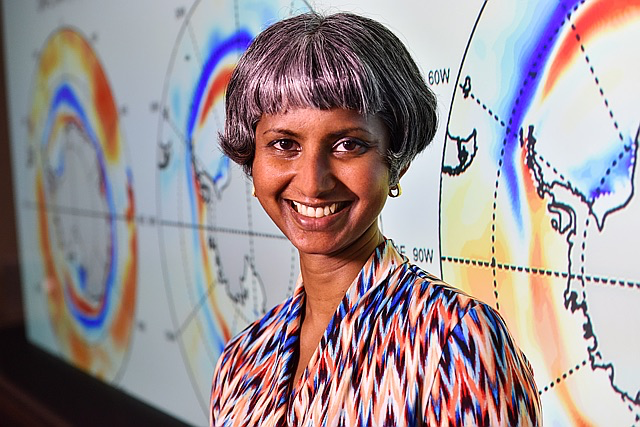Less Surface Sea Ice Melt in the CESM2 Improves Arctic Sea Ice Simulation With Minimal Non-Polar Climate Impacts
Published in Journal of Advances in Modelling Earth Systems, 2022
Recommended citation: Kay JE, DeRepentigny P, Holland MM, Bailey DA, DuVivier AK, Blanchard-Wrigglesworth E, Deser C, Jahn A, Singh HA, Smith MM, Webster MA, Edwards J, Lee S-S, Rodgers KB, & Rosenbloom N. (2022). "Less Surface Sea Ice Melt in the CESM2 Improves Arctic Sea Ice Simulation With Minimal Non-Polar Climate Impacts", Journal of Advances in Modelling Earth Systems, 14 (4), e2021MS002679, doi: 10.1029/2021MS002679.
Abstract: This study isolates the influence of sea ice mean state on pre-industrial climate and transient 1850–2100 climate change within a fully coupled global model: The Community Earth System Model version 2 (CESM2). The CESM2 sea ice model physics is modified to increase surface albedo, reduce surface sea ice melt, and increase Arctic sea ice thickness and late summer cover. Importantly, increased Arctic sea ice in the modified model reduces a present-day late-summer ice cover bias. Of interest to coupled model development, this bias reduction is realized without degrading the global simulation including top-of-atmosphere energy imbalance, surface temperature, surface precipitation, and major modes of climate variability. The influence of these sea ice physics changes on transient 1850–2100 climate change is compared within a large initial condition ensemble framework. Despite similar global warming, the modified model with thicker Arctic sea ice than CESM2 has a delayed and more realistic transition to a seasonally ice free Arctic Ocean. Differences in transient climate change between the modified model and CESM2 are challenging to detect due to large internally generated climate variability. In particular, two common sea ice benchmarks—sea ice sensitivity and sea ice trends—are of limited value for comparing models with similar global warming. More broadly, these results show the importance of a reasonable Arctic sea ice mean state when simulating the transition to an ice-free Arctic Ocean in a warming world. Additionally, this work highlights the importance of large initial condition ensembles for credible model-to-model and observation-model comparisons. [Download paper here](http://hansialice.github.io/files/JAMES-KayEtAl-SeaIceNonpolarImpacts.pdf)